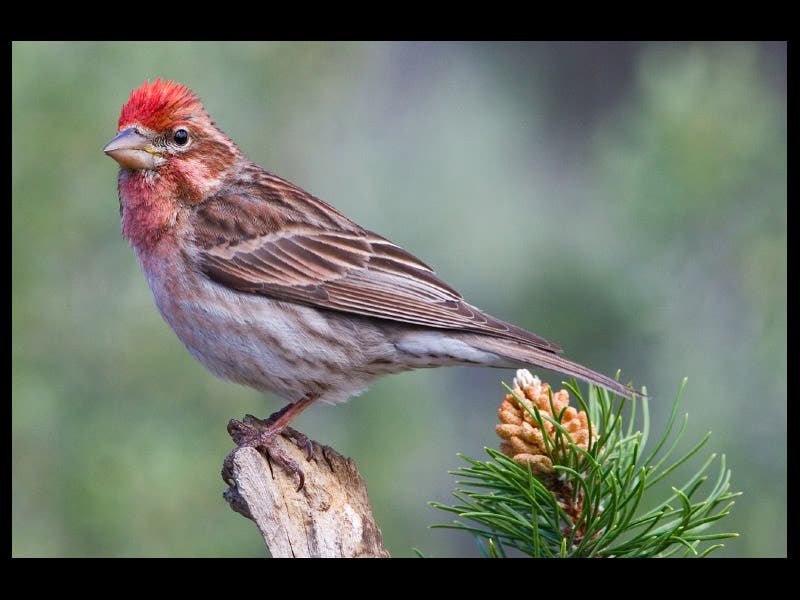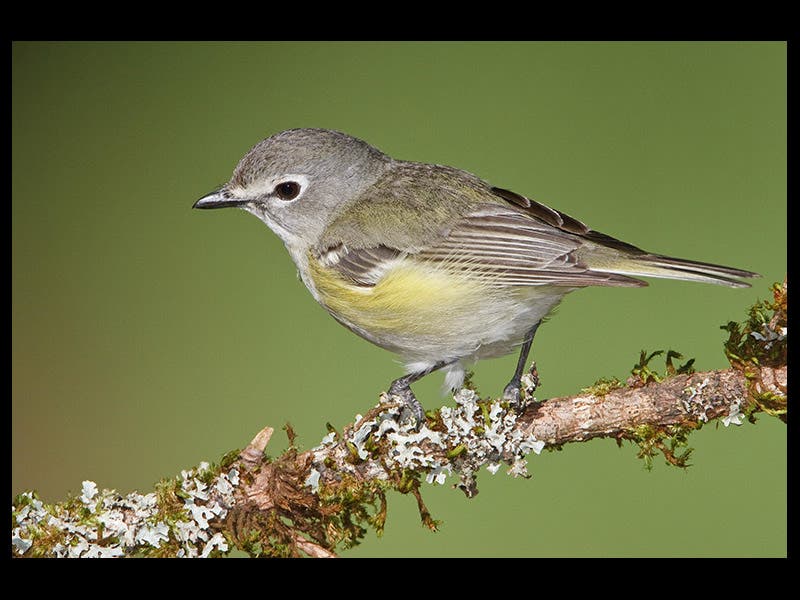Scientist of the Day - John Cassin
John Cassin, an American ornithologist, was born Sep. 6, 1813. We have featured several explorers and bird collectors in this space recently, including Meriwether Lewis and John Kirk Townsend, each of whom has a bird species named after them. Cassin's name has been applied to five birds, but interestingly, he discovered only one new bird species in his entire life. Mostly, he sat there at his desk in the Academy of Natural Sciences in Philadelphia (ASNP) and let the birds come to him. He became perhaps the most knowledgeable bird taxonomist of his era, and he named and described almost 100 new species, all discovered by others. When the Pacific Railroad Surveys went west, and the Mexican Boundary Survey went south, the specimens collected went straight to Philadelphia, and the reports of the surveys often contained a section on birds written by Cassin. He wrote only one book on his own, Illustrations of the Birds of California, Texas, Oregon... (1853-56), which was intended as a supplement to Audubon's Birds of America, with 50 plates illustrating species that Audubon had missed. We do not have the Illustrations in the Library (although we do have a fine facsimile, published in 1991 with an excellent introduction by Bob Peck, Senior Fellow at the ANSP and frequent speaker here at the Library). The one work we do have with Cassin listed as author (aside from the Reports of the Pacific Railroad and Boundary Surveys, which are in our collections) is an atlas volume, Mammalogy and Ornithology, published as volume 8 of the report of the United States Exploring Expedition (1858). The volume was supposed to have been written by Titian Ramsay Peale, who was part of the expedition and who drew most of the animals and birds for it. But Peale had a falling out with the head of the expedition, Charles Wilkes, and the project was turned over to Cassin. It is a beautiful volume, but most of the beauty is derived from the plates by Peale; Cassin restricted his contribution to revising and supplementing the text. The snow petrel and black-tailed deer above (first and second images) are from this volume.
Cassin was highly respected by his explorer-colleagues, and they often named new discoveries after him. Spencer Baird, at the Smithsonian, named and described Cassin's finch (third image), and John Xantus discovered a vireo that he named for Cassin (fourth image). In addition, you can find Cassin's sparrow, Cassin's auklet, and Cassin's kingbird if you look for them.
When we wrote about Townsend, we noted that he died at a young age, felled by arsenic poisoning as a result of his taxidermic work. Cassin suffered the same fate, dying in 1869 from arsenic poisoning, at the age of 55. His bird collection, all 4300 specimens, was acquired by John Whipple Potter Jenks for the Brown University Museum of Natural History. We will discuss the further fate of Cassin’s birds when we commemorate the death of Jenks on Sep. 26, 2017. The portrait of Cassin is from a 1902 issue of a short-lived ornithological journal, The Osprey.
Dr. William B. Ashworth, Jr., Consultant for the History of Science, Linda Hall Library and Associate Professor, Department of History, University of Missouri-Kansas City. Comments or corrections are welcome; please direct to ashworthw@umkc.edu.











